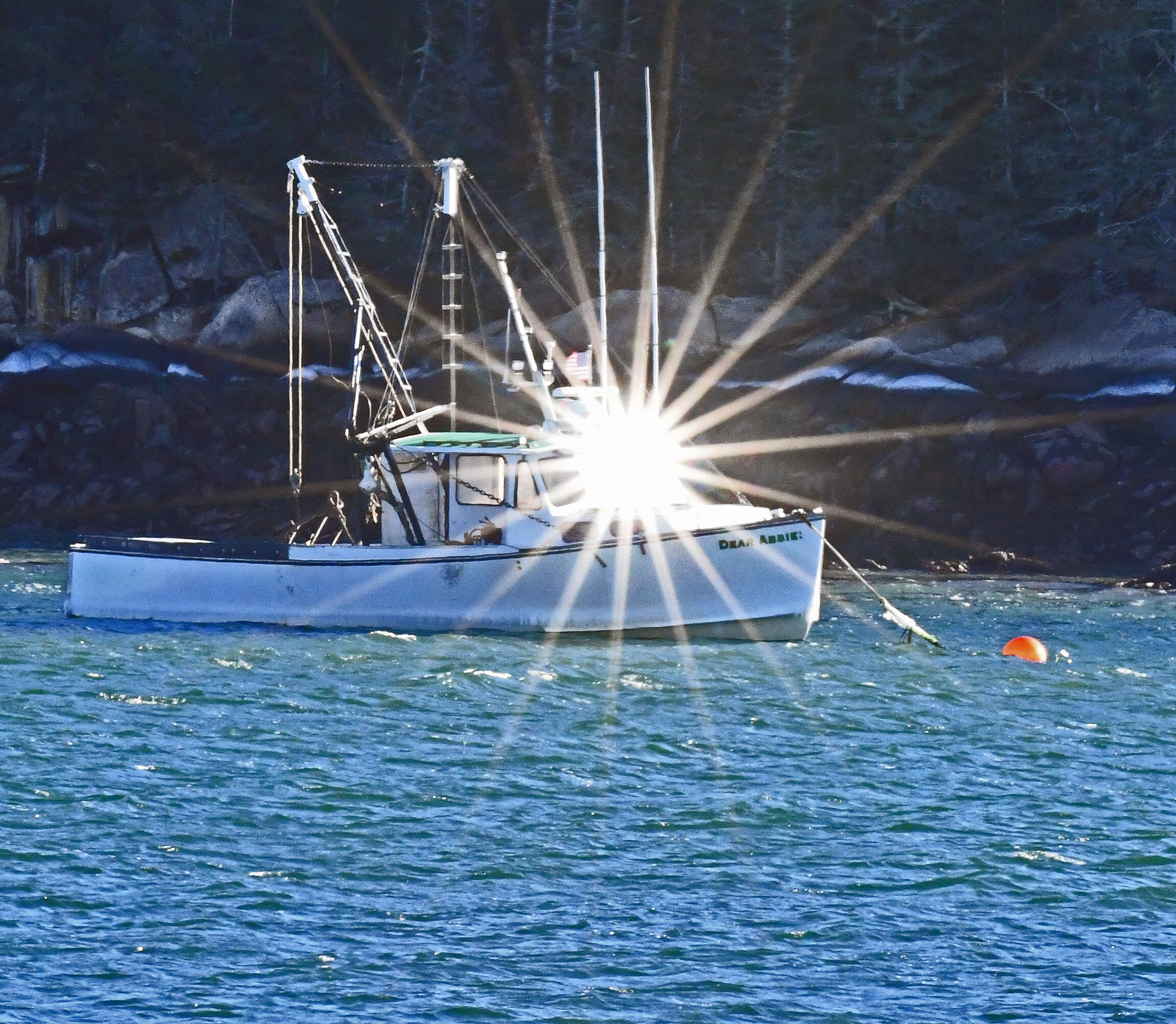January in our part of Maine is a time for many to remember Christmas. Mostly, they do so by leaving their Christmas (aka Holiday) wreaths up all month and, sometimes, in unusual paces. Actually, a good number of Mainers remember Christmas that way until the end of March.
January, historically, also is our snowiest and coldest month. However, in the past few years, the month has not been nearly as cold or snowy as in past years. This year, we only had two plowable snow storms, both of which were lovely and short, but enough to decorate the scenery when the sun came back.
Part of the scenery that looks good decorated in snow is our country lanes that wind through the srpuce and fir woods and almost always end at the sea.
The winter waters here are especially intriguing in their various January forms. The full and fast streams have snow garlands. The coves and bays into which the streams flow, sometimes are a study in gray or blue contemplation; at other times they’re places tormented by rain and wind-whipped waves. There also are the ice-filled ponds, which weren’t safe enough to skate on until very late in the month.
Speaking of water, many of our fishing vessels remained in the cold January waters, some looking just as they did in summer, but used by oxygen-tank-equipped divers to hand harvest high-priced “Divers’ Scallops.” Others have been rigged with a mast, boom, and dredge to drag for scallops. On the other hand, a good number of vessels go “on the hard” and rest in the winter like wooden bears..
Our wild turkeys, white-tailed deer, and mallard ducks don’t rest during January. The deer fawns are especially interesting as they encounter their first winter with plenty of perkiness.
As with December, The cold, dry clarity of January skies often produces stunning sunsets and afterglows. January also is the month of the full Wolf Moon, which American Colonists thought (incorrectly) attracted the attention of wolves and made them howl. This year, the Wolf Moon was behind clouds here; however, the next night was clear and the moon then was virtually indistinguishable from a full moon, as you can see below.
As January left us last night, there was news that February will arrive on the winds and snow of a major storm. We’ll see.
(All images here were taken in Down East Maine during January 2021.)


































































